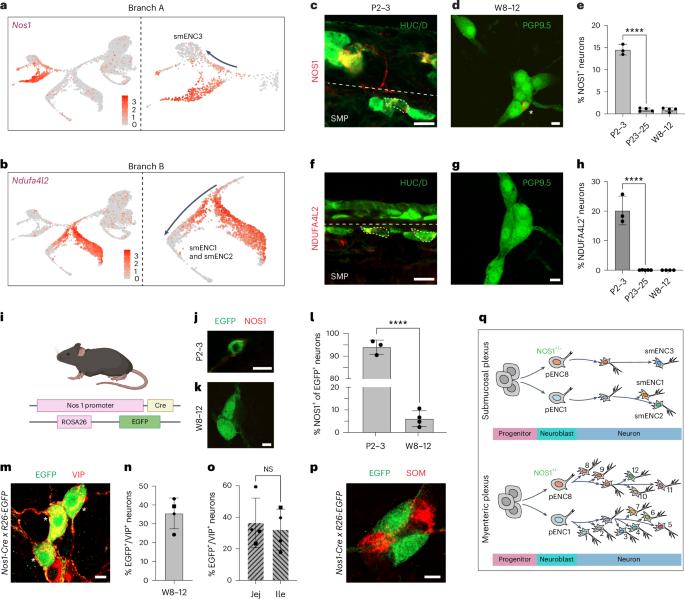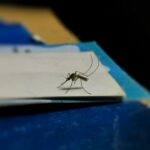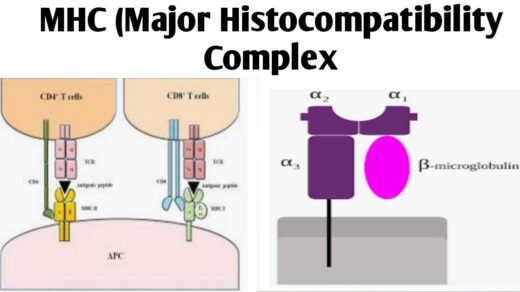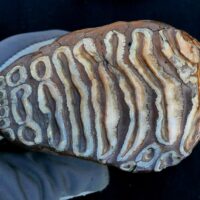IMAGE: https://www.nature.com/articles/s41593-025-01962-x/figures/7
Public Release:
Friday, 29 May 2025
06:30 IST
Peer Reviewed: This work has been meticulously examined and validated by independent experts, ensuring its credibility and scholarly integrated.
General Research Classification
- Peer-reviewed: This work was reviewed and scrutinized by relevant independent experts before publication.
Study Design-Based Categories
- Experimental study: Research where at least one factor is deliberately changed to observe its impact on the subject (e.g., testing different fertilizers to see their effect on crop growth).
- Longitudinal study: A study that follows the same subjects over an extended period to track changes and trends.
- Computational study: A study using simulations, algorithms, or models to analyze complex scientific problems, often applied in physics, chemistry, and biology.
Subject-Based Categories
- Animal study: Research conducted on animals to study biological processes, diseases, or potential treatments before human trials.
- Cells: This study is based on research involving microorganisms, cell cultures, tissues, or non-human embryos to explore biological functions.
- Genetic study: Research examining DNA, genes, or genetic variations to understand hereditary traits, diseases, or evolutionary relationships.
- Neuroscientific study: Research focusing on the nervous system and brain function, often using imaging techniques or neural recordings.
Discipline-Specific Categories
- Biomedical study: A study exploring medical and health-related topics, including disease mechanisms, drug development, and medical technologies.
This study shows the complex neuronal makeup of the enteric submucosal plexus in the mouse small intestine. Researchers have identified two secretomotor neuron types and a new intrinsic primary afferent neuron class using single-cell RNA sequencing and viral labeling. They found these neurons form interconnected networks and closely associate with enterochromaffin cells. Developmental analysis showed these neurons arise from a binary fate decision followed by specialization, similar to the myenteric plexus. The work provides a unified model for neuron development in the gut and offers detailed molecular and morphological insights into submucosal neurons, advancing understanding of gut physiology and neural circuits.
Journal: Nature
Research: Link
Organisation:
Karolinska Institutet, Sweden
Mayo Clinic, USA
RIKEN Center for Integrative Medical Sciences, Japan
Funding:
Swedish Research Council
National Institutes of Health (NIH), USA
Knut and Alice Wallenberg Foundation
Karolinska Institutet
RIKEN Institute of Japan
PUBLIC RELEASE
Provided By: Karolinska Institute
The Transcriptomic Landscape and Developmental Blueprint of Submucosal Neurons in the Mouse Small Intestine
The enteric nervous system (ENS), known as the “second brain,” controls intestinal function independently from the central nervous system. While myenteric neurons are well-studied for their role in gut motility, submucosal neurons which regulate secretion, blood flow, and epithelial interactions—have been less understood at the molecular and developmental level. This study, published in Nature Neuroscience, uses single-cell transcriptomics and lineage tracing to reveal the detailed biology of submucosal neurons.
Three Cardinal Neuronal Classes Identified:
- smENC1: Intrinsic primary afferent neurons (IPANs) with sensory roles, expressing markers like Nmu, Adgrg6, Calcb.
- smENC2: Cholinergic secretomotor neurons expressing Sst, Tac1, Calcb.
- smENC3: Noncholinergic neurons with vasodilatory/secretomotor functions expressing Vip, Npy, Th/Dbh.
Developmental Trajectories:Two major developmental branches produce these classes, with smENC3 arising from early NOS1 expressing cells and smENC1/smENC2 from NDUFA4L2 and Casz1 expressing precursors, mirroring myenteric neuron maturation.Morphology & Connectivity:Distinct morphologies correspond to functional roles, with complex synaptic cross-talk and unexpected sensory connections to enterochromaffin (5-HT+) cells, redefining submucosal sensory feedback models.Neurovascular Interactions:Minimal direct vascular innervation suggests neurovascular control is indirect or mediated by other cell types.
This study provides a foundational atlas for enteric neuroscience, advancing understanding of gut-brain communication and gastrointestinal diseases.
Attachments:
THE RESEARCH PUBLISHED IN: Nature Neuroscience
{The Transcriptomes, Connections and Development of Submucosal Neuron Classes in the Mouse Small Intestine}





















